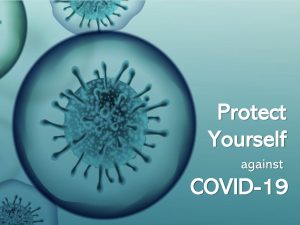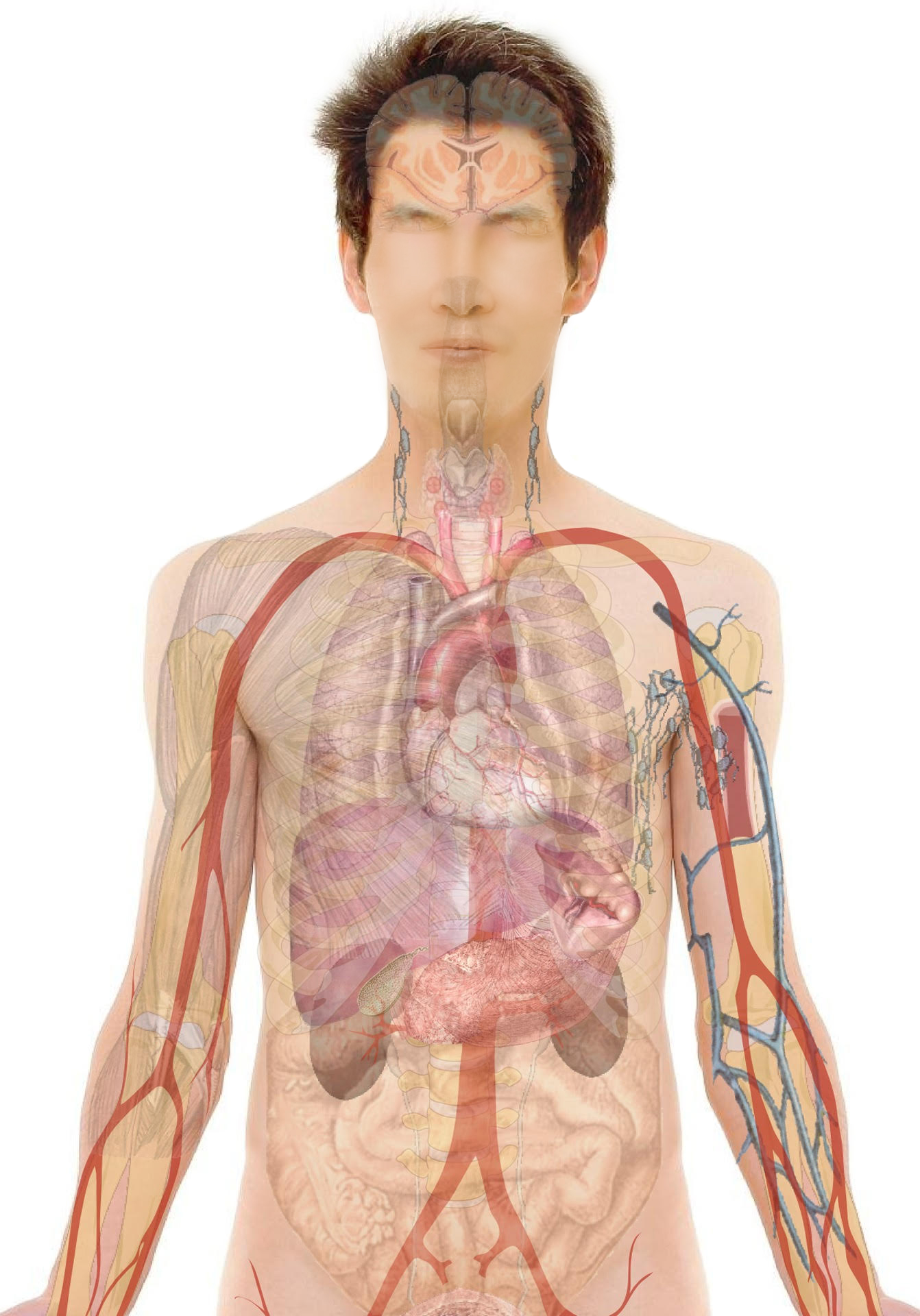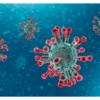Definition and Causes:
A neurological disorder that results when the body’s immune system (defence mechanism) attacks the nerves of the body. The disease presents with varying degrees of weakness and tingling sensation of the limbs. The symptoms may increase to the intensity until certain muscles cannot be used at all and results in paralysis. In some cases, it can be life-threatening when interfere with muscles used for breathing and may cause respiratory failure.
GBS affects men and women of all ethnicities and ages. Treatment is available for the condition and in most cases, people recover fully.
Causes/Triggers:
The exact cause of this disorder is unknown. All we know is a very rare disorder. Sometimes it is suggested; infections of GI tract and respiratory system by certain bacteria and viruses; may often be associated with this condition and usually precedes the disorder.
People with lymphoma, HIV, or lupus seem to be more at higher risk for developing GBS.
Symptoms:
Start with tingling and sensation of numbness in the limbs, usually in an ascending manner; meaning from the periphery of the body towards the center or torso. The hands, feet, and face may be affected first in some patients.
The symptoms usually develop over a few days; reaching to its worst at about 2 weeks after onset.
Other symptoms include:
- Leg, arm, and facial muscle weakness
- Weakness involving speech and swallowing muscle
- Back pain
- Breathing may be compromised in case of respiratory muscle weakness
- Decreased ability to move the eyes
In severe cases, profound weakness, respiratory difficulties, or unstable blood pressure may develop, requiring admission to a hospital or an intensive care unit and possibly assistance from a breathing machine called a ventilator.
A person experiencing a mild case of GBS may only have slight weakness or numbness and may not require hospitalization or treatment.
Investigations and Treatment:
INVESTIGATIONS:
History: The family doctor will inquire about:
- History of recent viral or bacterial infections
- History of vaccination
- Past medical history
Physical exam might include:
- A full physical and neurological examination will be conducted, by the family doctor, to determine the extent of muscle weakness
Labs:
- Blood tests may be performed to diagnose, and the antibodies may be tested
Nerve conductions velocity (NCV):
- It is done to measure the electrical activity along the nerve to evaluate the disruption; by using small electrodes placed on the skin, to measure the speed and strength of the nerve
Lumbar puncture (spinal tap):
- It is a procedure to determine elevated protein with normal cell count in the cerebrospinal fluid (CSF); involves inserting a needle between the two spines of the backbone in the lower back and taking the sample of the fluid, which bathes the spinal cord and the brain protecting the brain matter from the injury infections etc.
Forced vital capacity:
- Used to monitor respiratory status and assist with the decision to intubate to facilitate breathing artificially by machines
TREATMENT:
Approach:
For those presenting with mild to moderate weakness without respiratory impairment → early recognition, diagnosis and treatment are commenced in lieu of fast recovery.
In severe cases the recovery can take longer, requiring emergent medical attention requiring assessment of vitals along with the evaluation of respiratory status.
Severe cases may require intubation and mechanical ventilation.
Treatment options include:
- Plasmapheresis
- Intravenous immunoglobulin (IVIg) therapy
Plasmapheresis helps remove antibodies from the blood. Antibodies are a part of the immune system and normally help your body fight inflammation and infection. With conditions like GBS, certain antibodies damage nerves and cause a loss of transmission of electrical signals to the muscles. Plasmapheresis works by separating a person’s blood into its two main components: cells and plasma. The cells are returned to the body. The plasma is discarded and replaced with artificial plasma. Plasmapheresis works best for people with GBS when started within the first 2 weeks of symptom onset.
Intravenous immunoglobulin (IVIg): It is still unknown how it works, but it is a collection of antibodies from donated blood.
Medication:
Blood product derivative

Risk Factors and Prevention:
Vaccination against the flu may trigger the disease in a very small number of people.
A person’s risk of developing GBS after a flu shot is about one in one million. Keep in mind that receiving the flu shot helps protect your own health and that of those around you and is recommended despite the extremely small increased risk of GBS.
Outcome:
- Can be a very distressing disorder because of its sudden and unexpected onset
- Most people reach the stage of greatest weakness within the first 2 weeks after symptoms appear, and by the third week of the illness 90 percent of all patients are at their weakest
- The recovery period may be as little as a few weeks or as long as a few years
- About 30 percent of those with Guillain-Barré still have a residual weakness after 3 years
- About 3 percent may suffer a relapse of muscle weakness and tingling sensations many years after the initial attack








